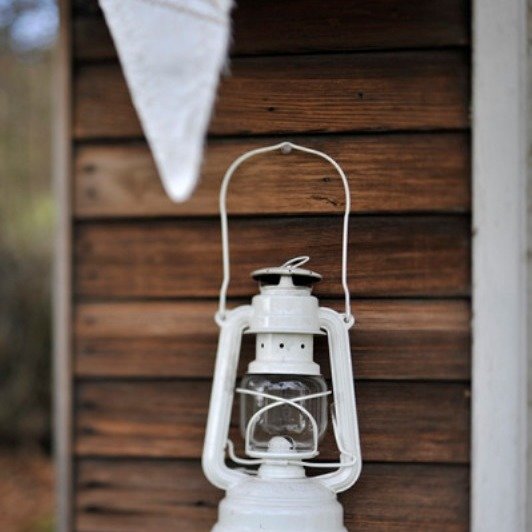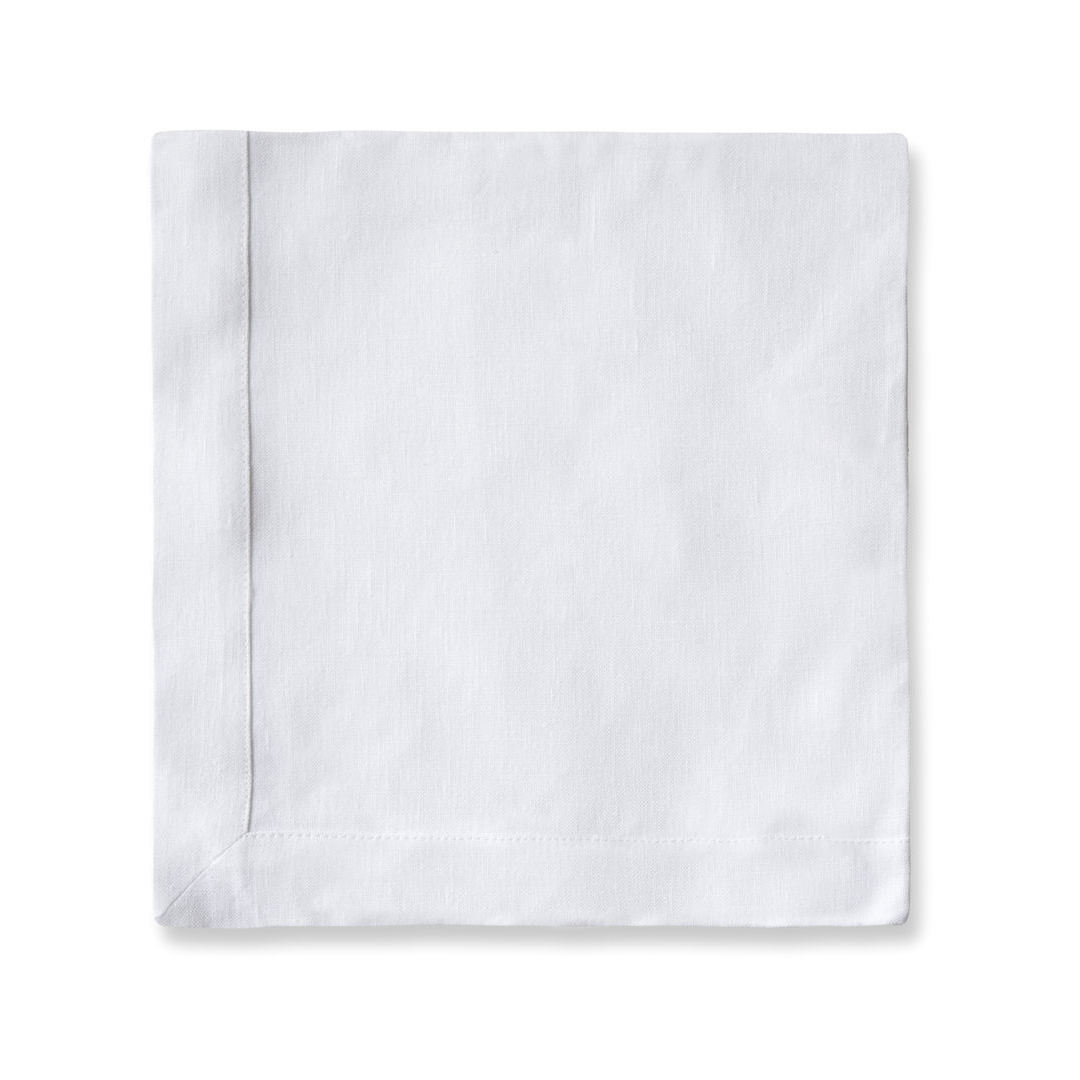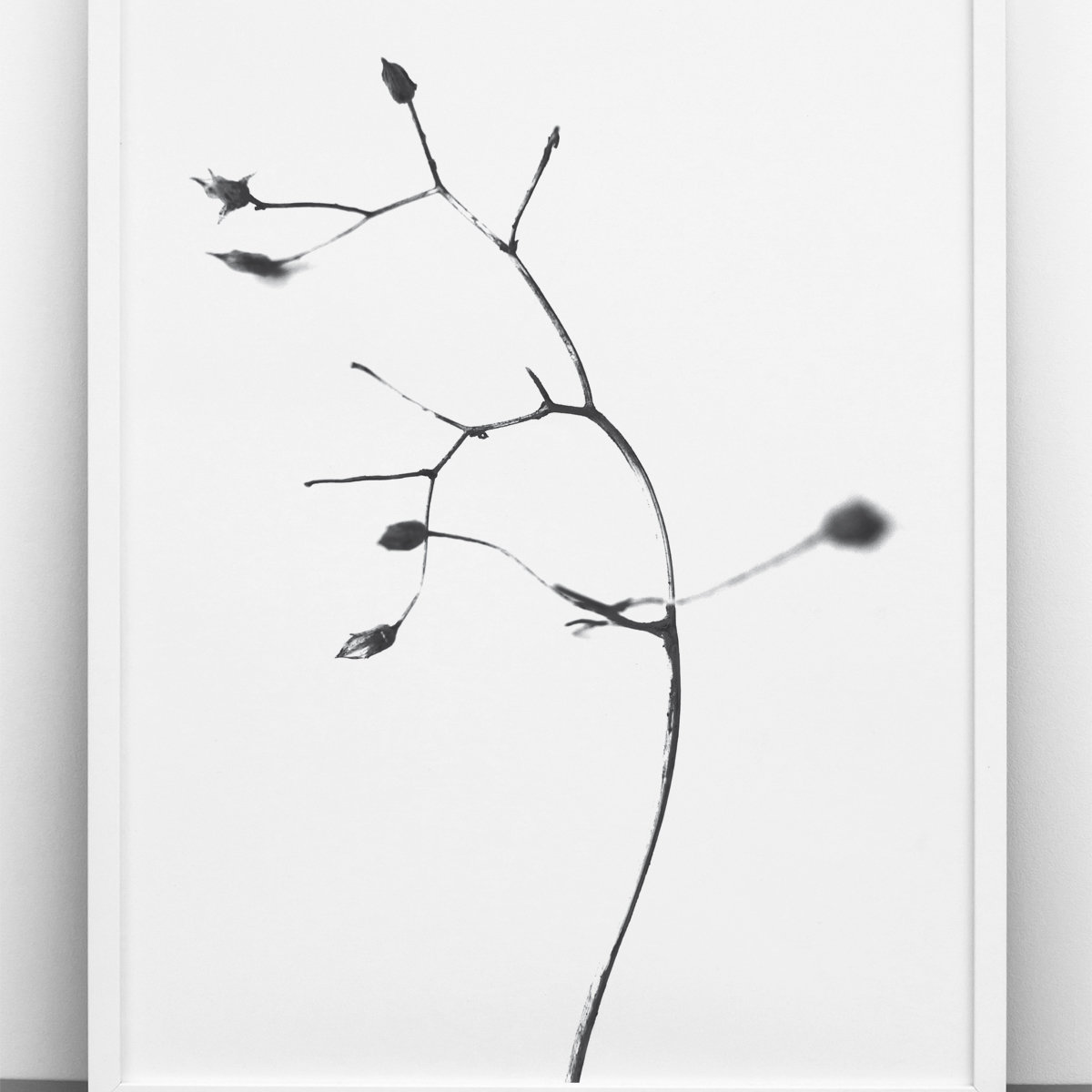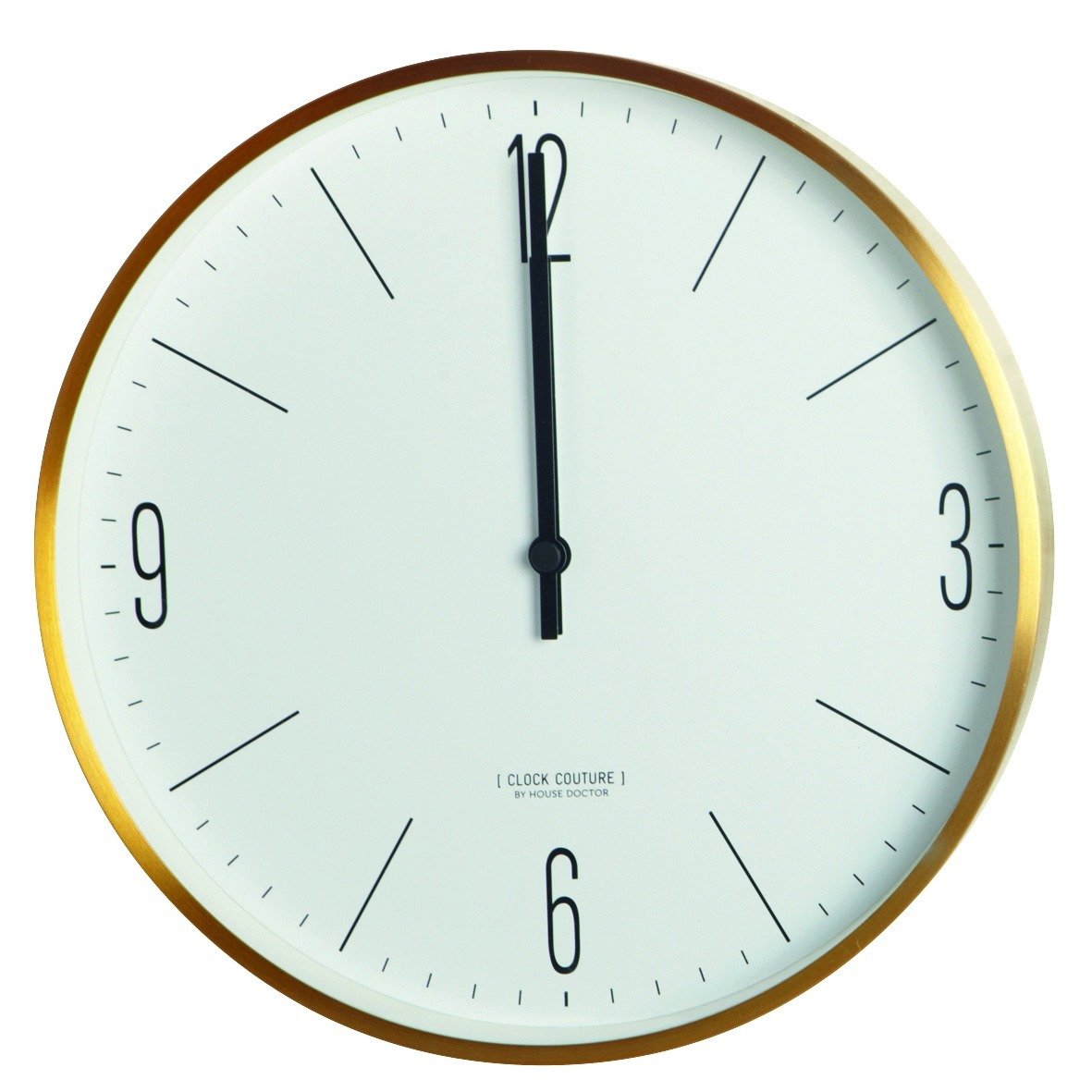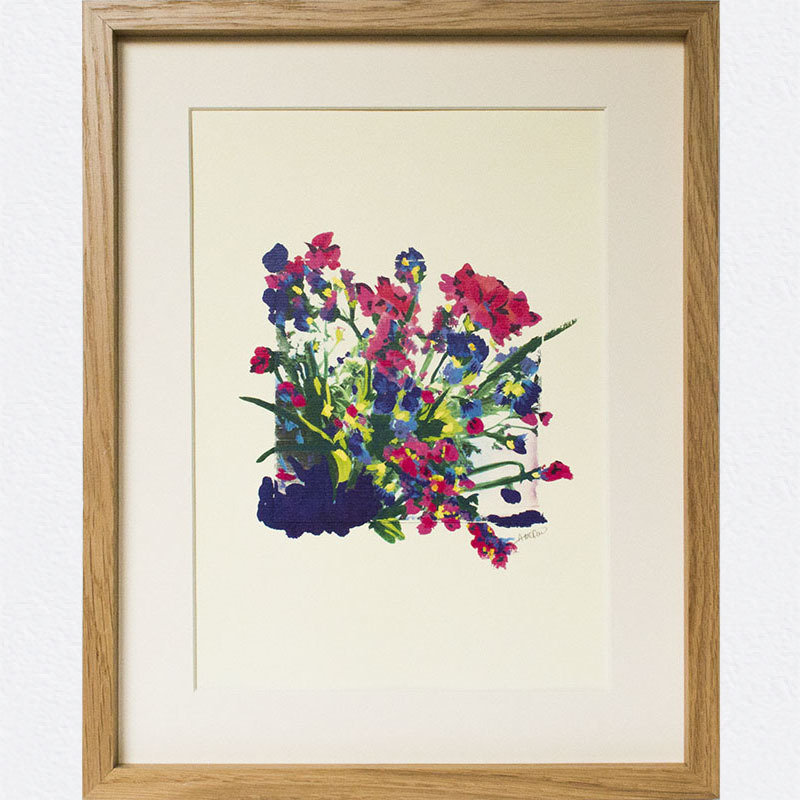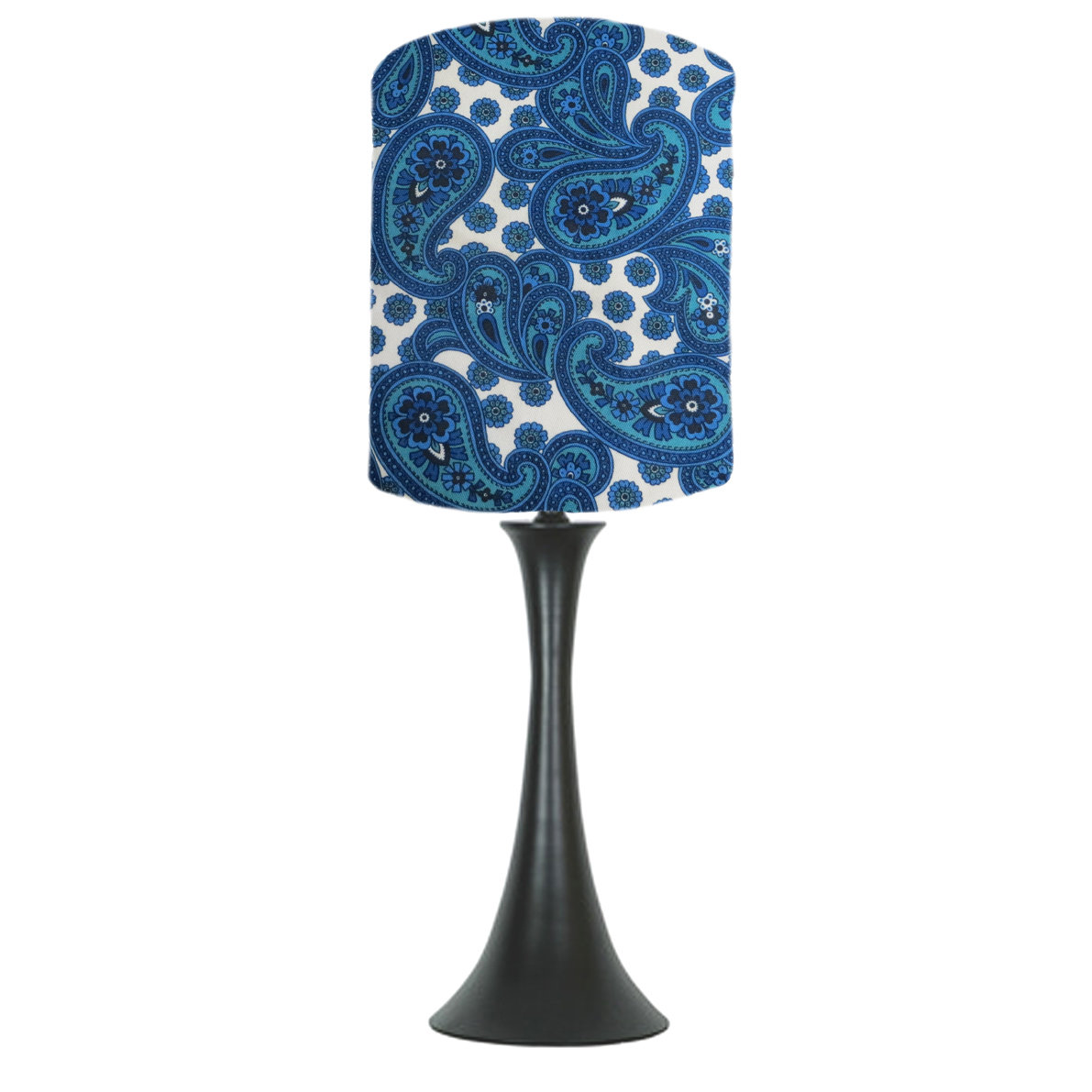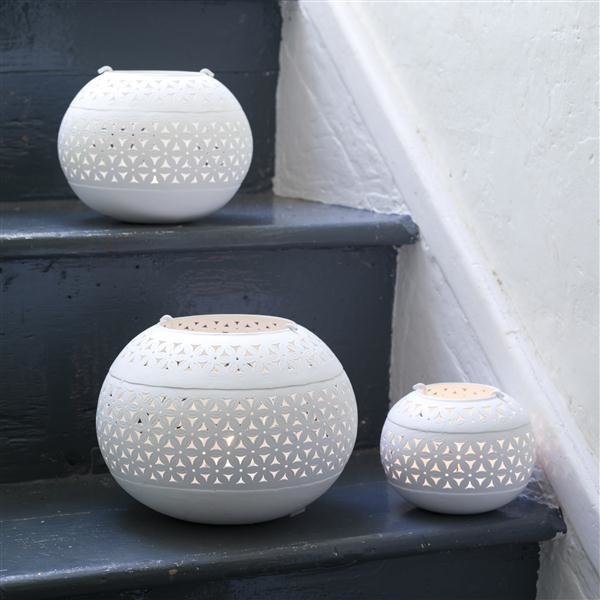Believe it or not, we spend a third of our lives sleeping and while most of us may be thinking that our 7-hours-a-day is the best we will ever get, there are some small changes that can make a big impact on the quality of your sleep.
Here are five ways to make your bed cosier.
1. Manage your sheets
Although tightly tucked sheets and blankets have long gone (replaced by the marshmallow loveliness of the duvet), sheets still have their place on the modern bed. And that place is on top of the mattress (and possibly the mattress topper, see below) not on top of you – top sheets that lie below the duvet may keep it clean but always, always, get tangled around your legs. But what sheets to choose? Thankfully the days of brushed nylon are over, replaced by easycare, no-iron cotton polyester but, really, breathable natural fibre is what you want. Cotton with a long staple such as Egyptian or Pima (grown in the US, Australia and Peru and sold under the name Supima) is considered best for strength and comfort. Sheets made from organic cotton, grown using methods and materials that have a low impact on the environment, are becoming increasingly available and worth looking out for. But linen is the queen of bedlinen. Spun from the fibres of the flax plant and repeatedly laundered in the manufacturing process,it is especially soft and becomes more so, the more it is used. It is also stronger than cotton, stays cool in summer and requires no ironing – if you are happy to live with rumpled sheets, which is part of the appeal. The downside is its price, which can be prohibitive, although H&M sells a linen double duvet cover and pillow set for £60.
Martha Stewart, who gets her bed changed almost daily(!), recommends replacing cotton and linen sheets with flannel (brushed cotton) sheets as the nights get colder. We’re with her on that, though not on the daily change thing. A word about thread counts: all bedlinen comes with a thread count. This is the number of threads per square inch or centimetre, which indicate how closely woven a fabric is. Finer threads produce smoother or softer fabric so a higher thread count is considered better quality: luxury bedlinen can have a thread count of 350 to 500 or higher. PS: Don’t even think about satin sheets.
2. Don’t ignore your pillowcases
Square pillowcases (65x65cm) have begun to appear on more beds as the ‘boutique hotel’ effect is aped by an increasing number of us. Too bulky for actual sleeping on, they are mostly decorative and sit behind the more conventional pillowcases: the Housewife, a plain fabric envelope (50x75cm), and the Oxford, which has a wide fabric border. It’s easy to forget to change pillowcases but considering the amount of time we spend with our faces pressed up against them, it’s worth doing so every couple of weeks. If you don’t, you face the grim prospect of facial oil, dead skin and residue from shampoo and general grime, clogging up both pillowcase and facial pores. A pillow protector prevents all of this besmirching the actual pillow (Marks & Spencer has some quilted ones). Some people swear that silk pillowcases make hair shinier and less static and skin less creased, and it’s certainly true that are lovely to lie against. Worth giving a go.
3. Create a pile-up
Propping pillows against the bedhead, magazine-rack style, gives the bed an extra dimension and prevents it slumping into limp student grunginess. Chuck a few cushions in front and you’re pillowscaping. Consider square pillows, too – they look good piled up in front of your regular pillows – and come with the added benefit of being a reading-in-bed prop (a bolster is also good for this). Whatever you do, avoid pulling a bedspread over the pillows unless you want the unwary to think they’ve stumbled across a dead body. Bedspreads look best folded back to frame your pillowscaping work and reveal your lovely linen sheets.
4. Chuck on a throw
A throw or blanket in a co-ordinating colour or pattern, draped over the duvet, is an easy win in the bed-styling game. Keep it folded at the foot of the bed and it will also keep toes toasty, or higher up within grabbable distance for shoulder-wrapping warmth when TV-in-bed watching.
5. Go for extras
Anyone bitten by the bedlinen bug will know that it’s hard to stop buying it, once you start. Fortunately, there are no end of options to pimp your lie-in. Mattress toppers come filled with down, cotton fibre, topped with merino wool or made from memory foam, and add a layer of softness and ease to the bed (although an old duvet makes an adequate substitute). Bedspreads and quilts are handy for dragging over everything else when bed making really is too much to contemplate, and of course they bring colour and pattern. Valances, ra-ra skirts for divan bases, are good if you like flounce and can’t bear the sight of an undisguised bed base. And finally: if you have never considered an electric blanket, now might be the time to do so: a whole world of snuggly winter warmth and luxuriant comfort awaits you.


